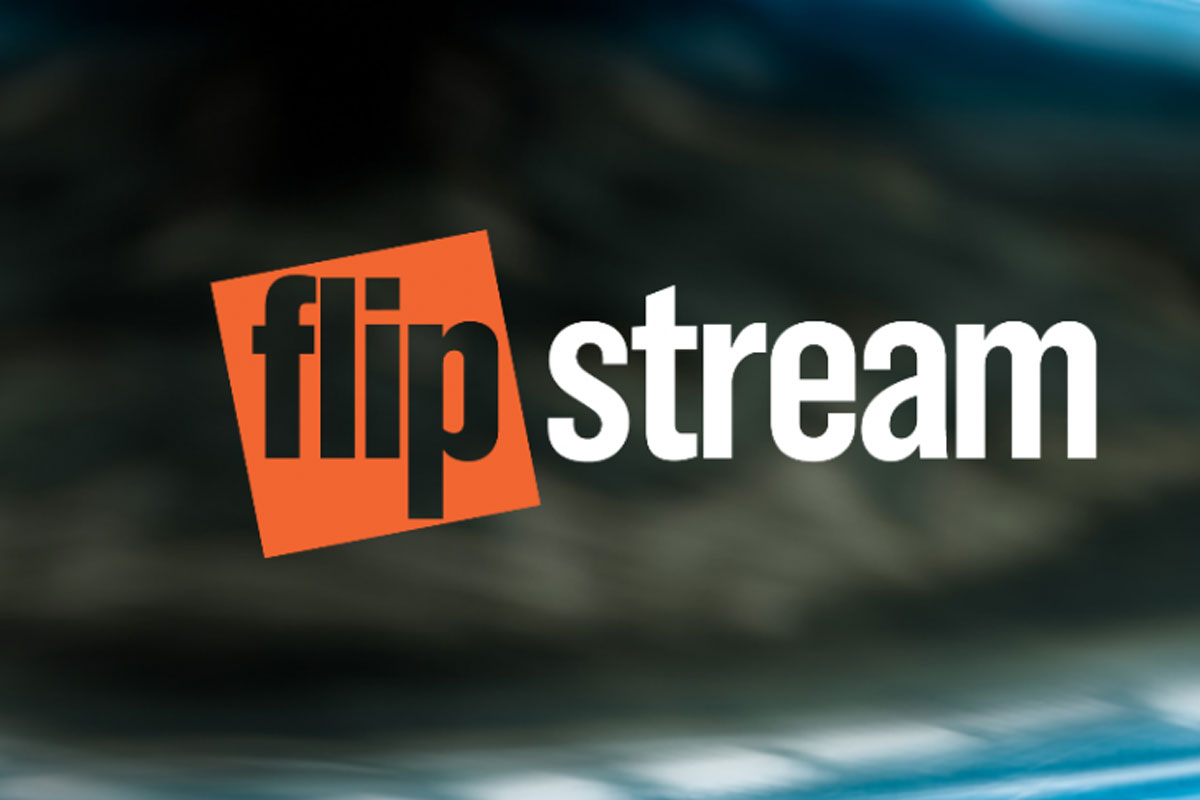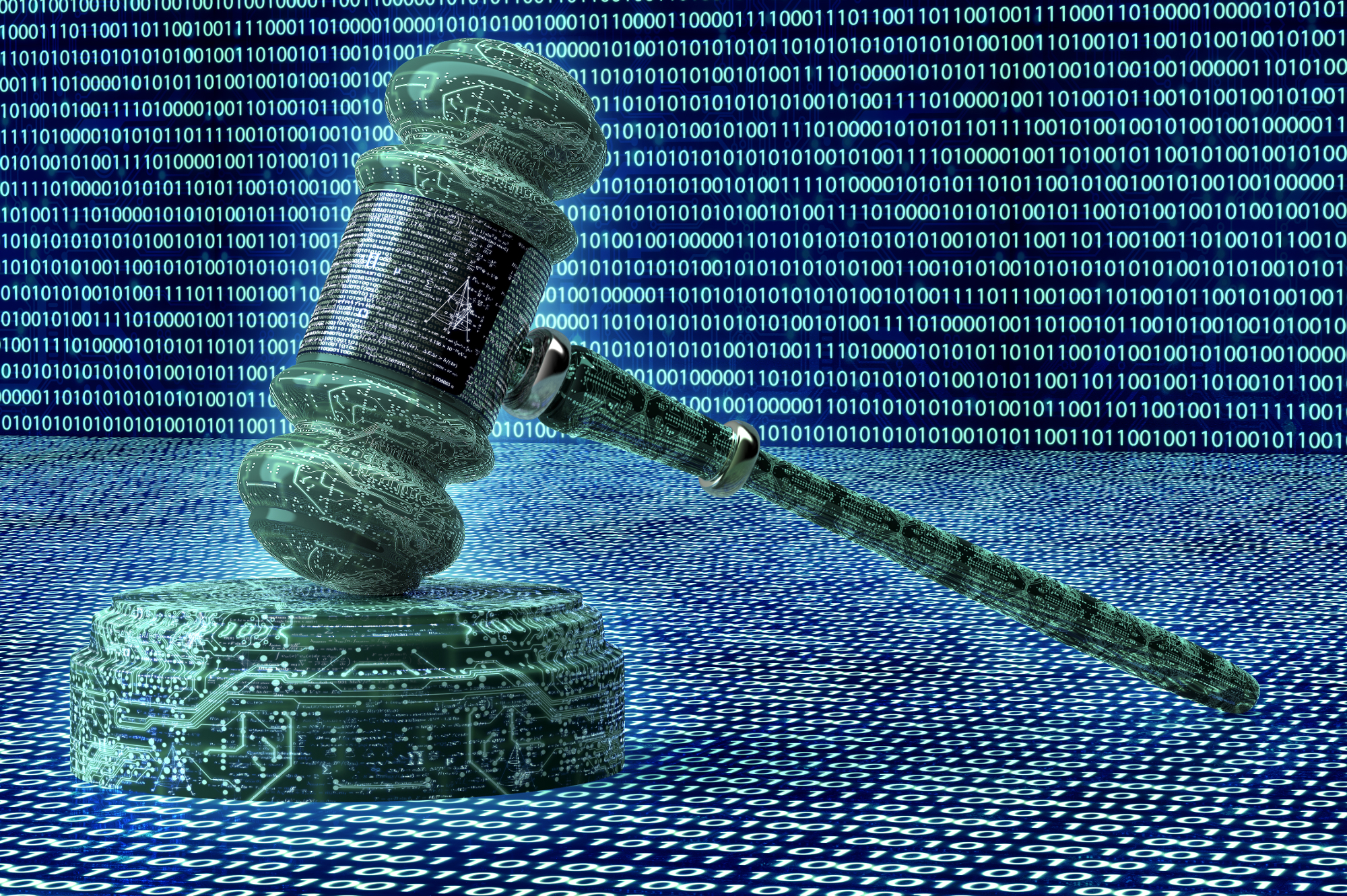Resources

FLIP Stream
In 2016 the Law Society of New South Wales established the Future Committee and, in turn, the Future of Law and Innovation in the Profession (FLIP) Commission of Inquiry. The inquiry culminated in the Law Society’s ground-breaking The Future of Law and Innovation in the Profession (FLIP) report, surrounding the future of the legal industry in the digital age.
The report recognised that the legal profession is undergoing change at a pace never before experienced and in unforeseen ways. This change has major ramifications for not just the legal profession, but for clients and society more generally, particularly in relation to access to justice.
UNSW Law and Justice, through the UNSW Allens Hub for Technology, Law and Innovation and the Law Society collaborated to generate a stream of research to consider and respond to the issues raised by the FLIP report, such as legal technology, clients’ needs and expectations, new ways of working, community needs and legal education.
For five years, from 2018 - 2022, the FLIP stream, as it become known, undertook research into an annual topic that was then disseminated through the academy, the profession and society.
For a full list of the FLIP Stream's publications from 2018 - 2022, click here.

Data Justice Research Network’s Blog
Take a look at the Network’s blog which recounts some of the discussion that takes place in the monthly data justice reading group here.
The reading group aims to investigate and discuss the consequences of data-driven technological developments on the delivery of justice and identify ways of maximising positive and minimising negative consequences. For this Network, “data technology” encompasses hardware, software and infrastructural developments that support the collection and use of all forms of digitalised information in different settings, while “justice” is broadly defined to include its substantive, procedural and distributive dimensions. Examples of technological developments that are relevant for the Network include: use of data technology for committing crime or misconduct; for detecting, predicting, or preventing crime or recidivism; for automating legal decision making; for profiling suspects and anomalous behaviours; for disease prevention, and the development of health and welfare policies. Within the reading group we consider questions such as:
- What are the potential risks or threats to justice underlying specific data technologies?
- Who would be most adversely affected by and who would benefit most from the use of these technologies?
- What existing or new methods can be effective in minimising negative consequences of these technologies?

The Australian Cyber Law Map
A major challenge facing lawyers trying to engage with cyberlaw is a lack of understanding about what law already exists in Australia. Australia has no piece of legislation dedicated solely to cyber security, it has a range of laws with similar effect that operate in areas such as critical infrastructure protection, criminal law, telecommunications regulation, privacy, and consumer law.
The Hub has therefore collaborated with several other bodies to launch the Australian Cyber Law Map.
The Map aims to create an online map of Australian laws that affect cyber security and cyber resilience. Different areas of law (e.g. telecommunications, directors' duties) are organised into separate topics. Within each topic, the Map provides commentary and links to the relevant legal frameworks, regulations and policies, and materials relating to industry practices.
The Hub would like to encourage people to use the map and to provide us with feedback, where necessary.
The map can be found on the AustLii site here.

Robotics, AI and Predictability: A Glossary
As the global robotics market reaches US$23.6 billion in 2021 and IMARC group gauges the population of robots to be 12 million in service worldwide, this stream is interested in ideas of AI predictability and how laws interpret autonomous actions in robotics; alongside the interdisciplinary establishment needed on standards terminology directing these guidelines. Building on a journal article published for a Special Law Issue of AI & Society — 'Guidance Systems: from autonomous directives to legal sensibilities’ (2020). if definitions on meaningful control and foreseeable harms are defined against the predictability in a robot’s AI capacities stated in contracted uses i.e. what it is designed or ‘predictably’ programmed to do—where and how is this formulated in practice? In software operations and protocols? In legislated and agreed upon standards? In contract formations? Or in promotional materials (e.g. corporate rhetorics)? By focusing on new instances of legality, weighted against more orthodox understandings in artificial intelligence actions and decision robotics, this glossary informs a dissemination process in response to emergent technologies, forming a public lineage of interdisciplinary academic and legal productions.
Under Construction: to be promoted at AI Leap Conference in Canberra 2022.

Challenges for a Cyber-Physical World Interdisciplinary seminar series
The Challenges for a Cyber-Physical World Seminar Series (supported by the UNSW Allens Hub and the IEEE SSIT) brings together interdisciplinary expertise to raise awareness on the issues unique to a society where the physical and the digital are increasingly intertwined. This series is intended for scholars and practitioners from law and other areas who are keen to learn about challenges in a cyber-physical world from a variety of disciplinary perspectives. Recordings of the sessions are available here.